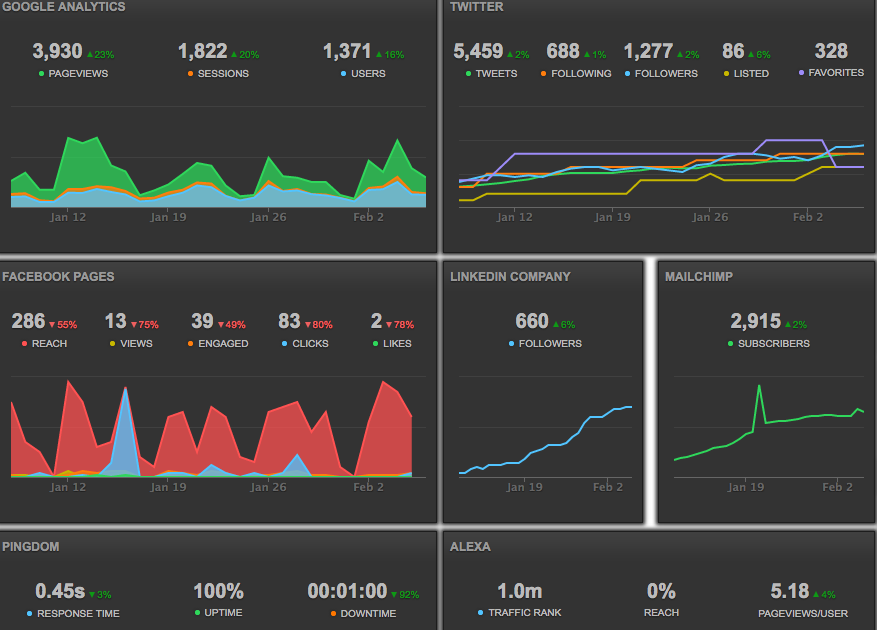2015 started off great for Tara, a B2B marketing manager at a company in Atlanta. Her company was making content marketing a primary focus and she had tons of ideas for educational blog posts, interesting whitepapers, and cool infographics. Tara dove right in and began creating content that she knew her prospects and customers would love. Thirty days in, everyone agreed that they were publishing better content than ever before.
“Our marketing looks great lately,” Tara would hear from employees in other departments. She was elated – until she began prepping for her update with the executive team and realized she didn’t have much in the way of actual results from all of her great content.
Does Tara’s story sound familiar? Truth is, many content marketers struggle to accurately measure the effectiveness of their content marketing program. And while content may be king, business leaders want to see real results from their efforts and resources spent on content marketing.
Measuring content marketing success in 3 steps
1) Set good goals: Plenty of marketers skip over this one, eager to dive right into creating content. The problem is, without good goals, there is no way to measure success. Your goals must be specific, measurable, and attainable. Goals like “more awareness” or “more website traffic” are too vague. Try setting goals around specific events you want to see, like eBook downloads, blog post shares, or free trial signups. And make sure your goals are challenging, but attainable! Don’t set the bar unreasonably high for yourself or your team – that will only lead to discouragement and unmet expectations.
2) Use the right tools: Once you have your goals set, make sure you have the right tools in place to track the specific metrics you’re after. Looking for more trial signups from your website? Use Google Analytics event tracking to track that kind of engagement. Hoping to drive more whitepaper downloads? Marketing automation tools like Pardot or Hubspot are fantastic ways to create landing pages to promote and track content downloads like this. There are many amazing tools available – it just takes some research to figure out which one is the right fit for you and your goals.
When you have figured out which tools you plan to use, make sure you have a central dashboard from which you can see your most important metrics. Otherwise, you’ll waste precious time visiting and logging into various websites to analyze your results. Dashboards are amazing tools for busy, metric-driven marketers. (P.S. Don’t let all the tools, metrics, and dashboard options out there overwhelm you! Join us for our upcoming Marketing Metrics Lunch-n-Learn – we’re here to help.)
3) Adapt and improve: Every content marketer must find a rhythm that leads to better content. Your process should look something like this: create – publish – measure – report – adapt – improve. Adapting and improving are super important to the success of your content marketing program. After all, while you need to measure your effectiveness to report your results to your team, it’s even even more important that you put that information to work. And don’t let bad metrics get you down too much – simply look at them as feedback on how to make your next piece of content more successful.
LinkedIn: Lindsay Trinkle | Write2Market Twitter: @lindsaytrinkle | @write2market

